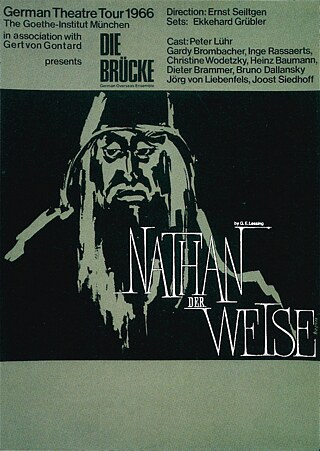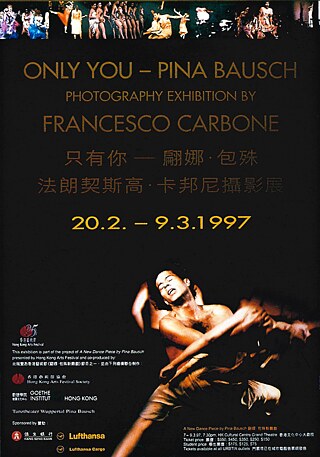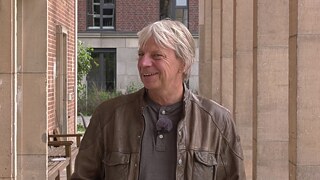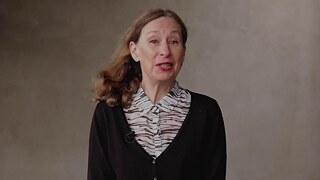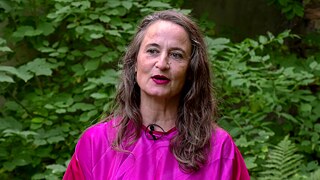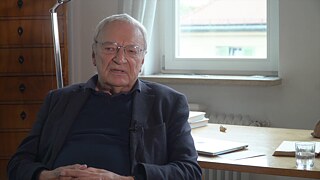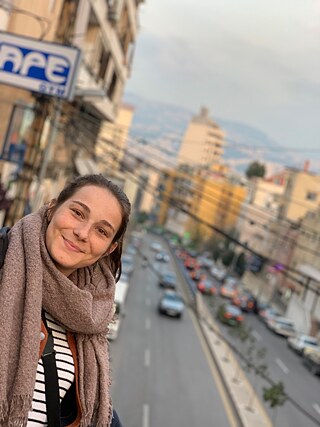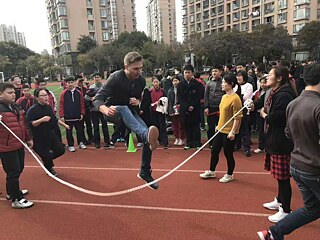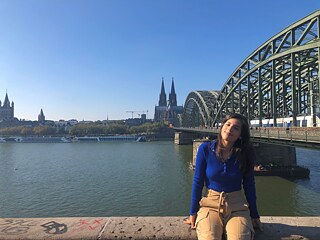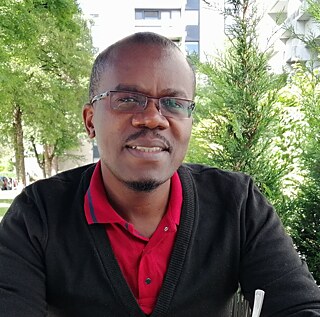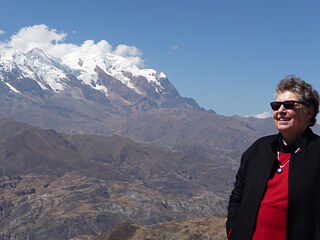The Goethe-Institut
In motion
The Goethe-Institut is active in almost 100 countries around the world, and everywhere the focus is on international interactions and understanding: on inviting artists to give guest performances, bringing language learners together in exchange programmes, and rotating staff to various locations. Stories from a cultural institution where “in constant motion” is the byword.

Photo: Martin Waelde
They entertain, touch, encourage, inspire, and challenge us: writers, filmmakers, painters and, of course, dancers and theatre professionals. The Goethe-Institut helps fund their creative endeavours and provides an international network and a global platform.
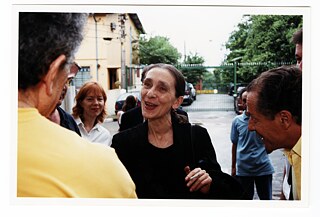
The yearning is the same everywhere
A good decade before the Goethe-Institut’s sponsorship sent Pina Bausch out to inspire audiences beyond Germany’s borders, the Institut organized a tour for another cultural institution: the GRIPS Theatre. Born out of cabaret and the student movement, the Berlin-based children’s theatre dedicated itself to a social mission: to oppose “the rotten, Christmas fairy tales put on by German state theatres” in the 1970s, according to founder Volker Ludwig. It took some convincing to get Ludwig to agree to tour Brazil, but the performances and seminars on realistic children’s theatre really resonated there. Invitations to other places, including India, followed.

Launching of an international career

With her “Travelogue” piece, Waltz was celebrated as a great hope of the independent dance scene and discovered by staff members of the Goethe-Institut’s Department of Theatre and Dance, kicking off a lasting collaboration. Starting in 1999, the Goethe-Institut organised a number of large tours for Waltz’s production “Allee der Kosmonauten” (Allee of the Cosmonauts) that took the troupe through South Asia and other areas.
The group then made guest appearances in Latin America with the “Körper” (Body) piece. The tours marked the dance theatre artist’s international breakthrough: The company quickly became so successful and well-known that it was invited to international festivals, such as the Habima Festival in Tel Aviv and the MESS Festival in Sarajevo, even without Goethe-Institut support.
The group then made guest appearances in Latin America with the “Körper” (Body) piece. The tours marked the dance theatre artist’s international breakthrough: The company quickly became so successful and well-known that it was invited to international festivals, such as the Habima Festival in Tel Aviv and the MESS Festival in Sarajevo, even without Goethe-Institut support.
Worldwide educational exchange
Language and education work best when there is exchange: There is no better way to convey a mindset, life experiences and, ultimately, vocabulary than through encounters and conversations. This is one reason the German American Partnership Program (GAPP) has been helping teachers and schools set up bilateral student exchange programmes between the United States and Germany since 1972.Additionally, German teachers and student teachers interested in getting to know schools and the underlying school systems in a foreign country can complete internships at schools supported by the Goethe-Institut. The Goethe-Institut launched the SCHULWÄRTS! Internship programme to place teachers and provide individual support before, during and after their internships.
The Goethe-Institut also serves as an intermediary partner in the opposite direction: Pupils from abroad can get their language and professional skills on par to begin studying in Germany with “Studienbrücke”. The educational programme includes fixed modules students complete in their home countries, and the German Academic Exchange Service (DAAD) offers advising services.
Employees in motion
In a place that gives artists travel stipends and helps learners connect through global programmes – a place where constant motion is the principle – employees never stand still either. Over the courses of their careers, many go through various stations at Goethe-Instituts abroad, in Germany, and at the headquarters in Munich, while others move to a new location every five to six years as part of routine job rotation.
Despite the global pandemic, the HR department organised more than 130 relocations within the Institut from January to November 2021 alone, not including necessary moves abroad for health or personal reasons, for example. Sometimes these transfers are to other European countries, sometimes to New Zealand thousands of kilometres away. The timing is tricky here, as all the boxes and furniture are meant to arrive in the new place of work at around the same time as the people, and children need to be enrolled in their new schools in time as well.
As representatives of all the employees on the move, a few colleagues talk about their work in different places and the importance of this international cultural exchange in the following picture gallery.
As representatives of all the employees on the move, a few colleagues talk about their work in different places and the importance of this international cultural exchange in the following picture gallery.
Text: Romy König
Translation: Sarah Smithson-Compton
Translation: Sarah Smithson-Compton

